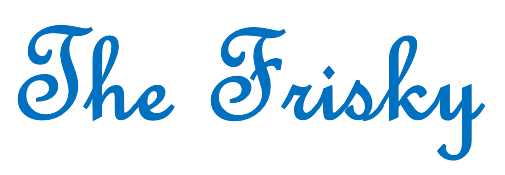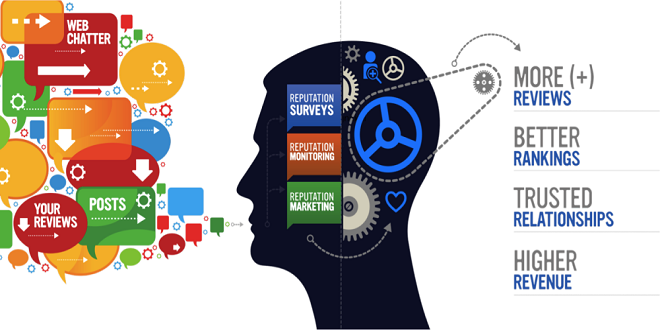What are the three theories of semantics?

Ajax has prompted the development of websites that mimic desktop applications, such as word processing, the spreadsheet, and slide-show presentation. In 2006 Google, Inc. acquired one of the best-known sites of this broad class, Writely. [48] WYSIWYG wiki and blogging sites replicate many features of PC authoring applications.
Several browser-based operating systems have emerged, including EyeOS and YouOS.(No longer active.)[50] Although coined as such, many of these services function less like a traditional operating system and more as an application platform. They mimic the user experience of desktop operating-systems, offering features and applications similar to a PC environment, and are able to run within any modern browser. However, these so-called “operating systems” do not directly control the hardware on the client’s computer.
XML and RSS
Many regard syndication of site content as a Web 2.0 feature. Syndication uses standardized protocols to permit end-users to make use of a site’s data in another context (such as another website, a browser plugin, or a separate desktop application). Protocols permitting syndication include RSS (really simple syndication, also known as web syndication), RDF (as in RSS 1.1), and Atom, all of them XML-based formats. Observers have started to refer to these technologies as web feeds.
Web APIs
Web APIs Web 2.0 often uses machine-based interactions such as REST and SOAP. Servers often expose proprietary Application programming interfaces (API), but standard APIs (for example, for posting to a blog or notifying a blog update) have also come into use.
Most communications through APIs involve XML or JSON payloads. REST APIs, through their use of self-descriptive messages and hypermedia as the engine of application state, should be self-describing once an entry URI is known. Web Services Description Language (WSDL) is the standard way of publishing a SOAP API and there are a range of web service specifications. EMML, or Enterprise Mashup Markup Language by the Open Mashup Alliance, is an XML markup language for creating enterprise mashups.
Criticism
Critics of the term claim that Web 2.0 does not represent a new version of the World Wide Web at all, but merely continues to use so-called Web 1.0 technologies and concepts. First, techniques such as AJAX do not replace underlying protocols like HTTP, but add an additional layer of abstraction on top of them. Second, many of the ideas of Web 2.0 had already been featured in implementations on networked systems well before the term Web 2.0 emerged.
Amazon.com, for instance, has allowed users to write reviews and consumer guides since its launch in 1995, in a form of self-publishing. Amazon also opened its API to outside developers in 2002.[52] Previous developments also came from research in computer-supported collaborative learning and computer supported cooperative work (CSCW) and from established products like Lotus Notes and Lotus Domino, all phenomena that preceded Web 2.0.
Trademark
In November 2004, CMP Media applied to the USPTO for a service mark on the use of the term “WEB 2.0″ for live events.[60] On the basis of this application, CMP Media sent a cease-and-desist demand to the Irish non-profit organization on May 24, 2006 but retracted it two days later.
The WEB 2.0” service mark registration passed final PTO Examining Attorney review on May 10, 2006, and was registered on June 27, 2006.[60] The European Union application (application number 004972212, which would confer unambiguous status in Ireland) was [63] refused on May 23, 2007.





